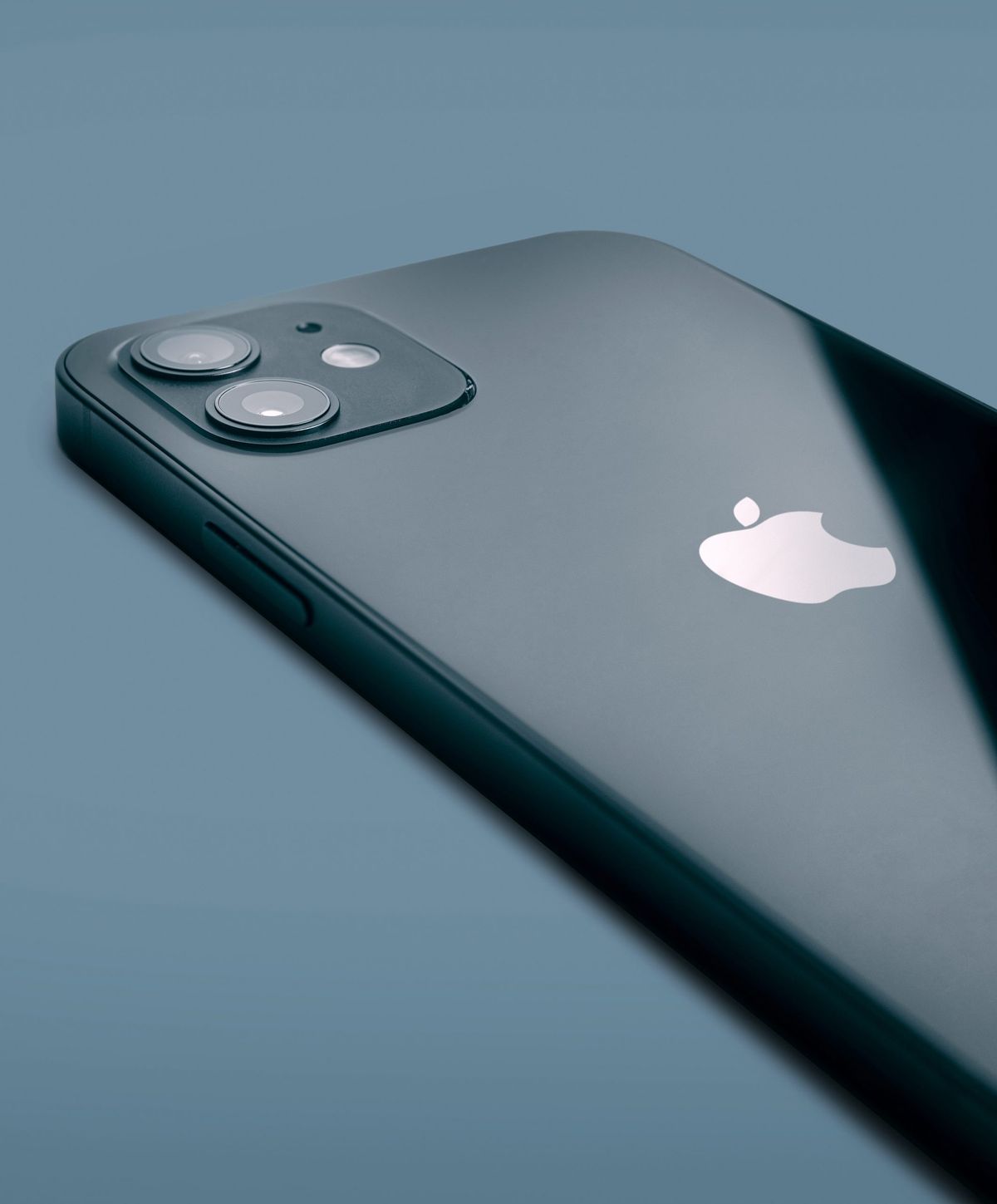Differences In iPhone 14 Pricing Which Model Is the Best Fit?

The iPhone 14 series has finally been unveiled, and there are a few modifications that will both delight and disappoint customers. The largest portfolio shift is the disappearance of the mini after only two years as the beloved tiny iPhone model. Instead, Apple has brought back the Plus, which was last seen with the iPhone 8 series in 2017. The Pro models, on the other hand, have finally abandoned the unsightly boat-shaped notch in favour of a massive pill-shaped cutout at the top, along with some nifty gimmicks.
For iPhone 14 customers in the United States, there is no physical SIM slot, but satellite connectivity has emerged as a necessary emergency support solution. Overall, there’s a lot to unpack for shoppers who are unsure which of the four iPhone 14 grades to choose. Do you plan to upgrade to the latest iPhone generation? If that’s the case, you should be aware of the key distinctions between each iPhone 14 series model, how much they cost, and what they bring to the table.
Size uniformity’s four horsemen
Apple’s most recent handsets are available in four configurations: the iPhone 14, 14 Plus, 14 Pro, and 14 Pro Max. The iPhone 14 and 14 Pro are the smaller siblings, with 6.1-inch displays, while the Pro and Plus models have 6.7-inch displays. Of course, the resolution varies, and the 120Hz refresh rate benefit is confined to the iPhone 14 Pro duo.
The iPhone 14 (2532 x 1170 pixels, 460ppi) and iPhone 14 Plus (2778 x 1284 pixels, 458ppi) have a maximum brightness output of 1,600 nits, whereas the iPhone 14 Pro (2556 x 1179 pixels, 460ppi) and iPhone Pro Max (2796 x 1290 pixels, 460ppi) have a maximum brightness output of 2,000 nits.
Apart from the differing approach to notch design, there are a few other changes in the structure and design.
The non-Pro iPhone 14 is made of aluminium and has a glossy glass back. It is available in Midnight, Purple, Starlight, Blue, and PRODUCT (RED). The side rails of the iPhone 14 Pro are constructed of stainless steel, and the back glass panel is frosted. This one is available in Space Black, Silver, Gold, and Deep Purple. All four trims are IP68-certified, and the storage options (128GB, 256GB, and 512GB) are consistent. The Pro models, on the other hand, have up to 1TB of inbuilt storage.
A contentious non-upgrade
For the first time, a new generation of iPhones is divided into two processor lines this year. The iPhone 14 and Plus models share the same A15 Bionic processor as the iPhone 13 series from last year. The upgraded A16 Bionic processor is reserved for the iPhone 14 Pro variants. Both CPUs have six CPU cores and five GPU cores, however there is a significant difference. The A15 is built on TSMC’s 5nm technology, whereas the A16 Bionic is built on the newer 4nm production process, which makes the processor quicker and more energy efficient.
Another distinction is found in the battery life estimates. According to Apple, the iPhone 14 can survive up to 20 hours of offline video playback, while the iPhone 14 Pro (despite having an almost identical footprint) can last up to 23 hours. The 6.7-inch variants are similarly rated, with the iPhone 14 Plus rated for 26 hours of continuous local video playback and the iPhone 14 Pro Max rated for 29 hours. Thankfully, the charging technology stays unchanged.
All four iPhone 14 models allow up to 20W cable charging, which is ludicrous in comparison to Android flagships that have passed the 100W fast-charging mark. Apple states that 30 minutes of charging time will charge each iPhone 14 trim’s battery halfway. MagSafe compatibility is also included, with a peak wattage of 15W for charging the battery.
Serious camera enhancements without a price increase
The enhanced camera hardware is the most noticeable difference between the Pro and standard iPhone 14 models, aside from a new notch design. The iPhone 14 and its Plus variant retain a dual-lens system with a 12-megapixel main camera and a 12-megapixel ultra-wide camera. The charge is now led by a 48-megapixel primary sensor on the Pro models with a triple-lens array on the rear, up from the 12-megapixel sensor on the iPhone 13 Pro.
The iPhone 14 Pro’s 12-megapixel ultra-wide camera has a larger aperture (f/2.2 vs f/2.4), which allows it to capture more light data and produce brighter, more detailed photos and videos. The iPhone 14 Pro is the sole option for long-range zoom photography, thanks to its 12-megapixel telephoto camera with a 3x optical zoom output.
There are also some feature differences, such as the fact that only the Pro models can record night mode portrait images due to the LiDAR sensor in the back. Additionally, ProRAW photo capture and ProRes video recording are only available on the Pro models. Furthermore, the second-generation sensor-shift image stabilization technology is only available on Pro models. Needless to say, if you want serious photographic prowess on your phone, the iPhone 14 Pro pair is the way to go, now more than ever.
What you’ll have to pay to get the finest iPhone 14 features
The networking suite, as well as audio and video playback capabilities such as Dolby Atmos Spatial Audio, Apple Lossless, and HDR with Dolby Vision, are consistent across the whole series. Interestingly, Apple lists the iPhone 14 Pro models as having “precision dual-frequency GPS,” although the non-Pro devices merely have “GPS” capabilities for position tracking. Apple hasn’t raised the prices of its new phones this year, which is a welcome surprise. The iPhone 14 starts at $799, while the Plus model costs $899. The iPhone 14 Pro starts at $999, while the iPhone 14 Pro Max will cost you $1,099 out of pocket.
The networking suite is consistent throughout the series, as are the audio and video playback features like as Dolby Atmos Spatial Audio, Apple Lossless, and HDR with Dolby Vision. Interestingly, the iPhone 14 Pro models are described on Apple’s website as having “precision dual-frequency GPS,” although the non-Pro variants merely have “GPS” capabilities for position tracking. As a welcome surprise, Apple has not raised the prices of its new phones this year. The iPhone 14 starts at $799, and the Plus model costs $899. The iPhone 14 Pro starts at $999, while the iPhone 14 Pro Max costs $1,099 outright.


